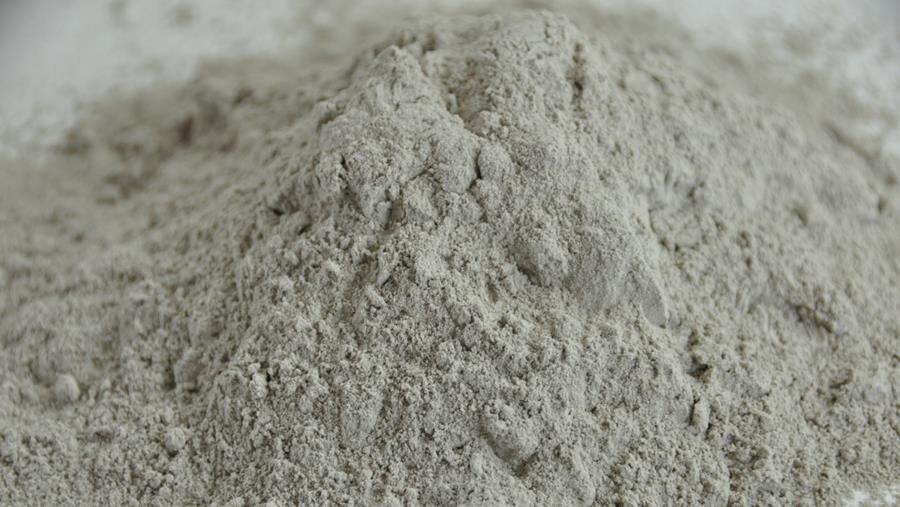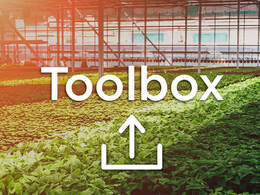Bringing growers in the USA together with essential horticulture products from across the world.
The Differences Between Calcitic and Dolomitic Limestone
Why do we use both calcitic and dolomitic limestone in our growing media? Because they serve different functions, and together, they create a more even and consistent growing medium pH!
Check out the article below to learn about the new PRO-MIX® HP OPEN TOP GROW BAG!
The Tools you Need!More than growing media, PRO-MIX offers a wide variety of supporting tools for growers. Consult our digital tools where you'll find catalogs, safety data sheets, efficacy reports, potting guide, etc.
|
Catalogue 2022-23: Here it Comes
We are pleased to share with you our 2022-23 PRO-MIX Professional Product Catalogue. Be the first to virtually get your hands on it in the new Toolbox section of our website.
|
|
|
MYKE® ONLINE TRAINING
Refresh your MYKE® knowledge and train your new staff members on the benefits of of using MYKE®! Use the link below to access the 5 short videos. The trainings are easy, informative, and very helpful!
Great new tool! Follow the FLOW CHART and find our what light is best for you.
John Frey in Denver
|
Tony Beckmann in St. Louis
|











